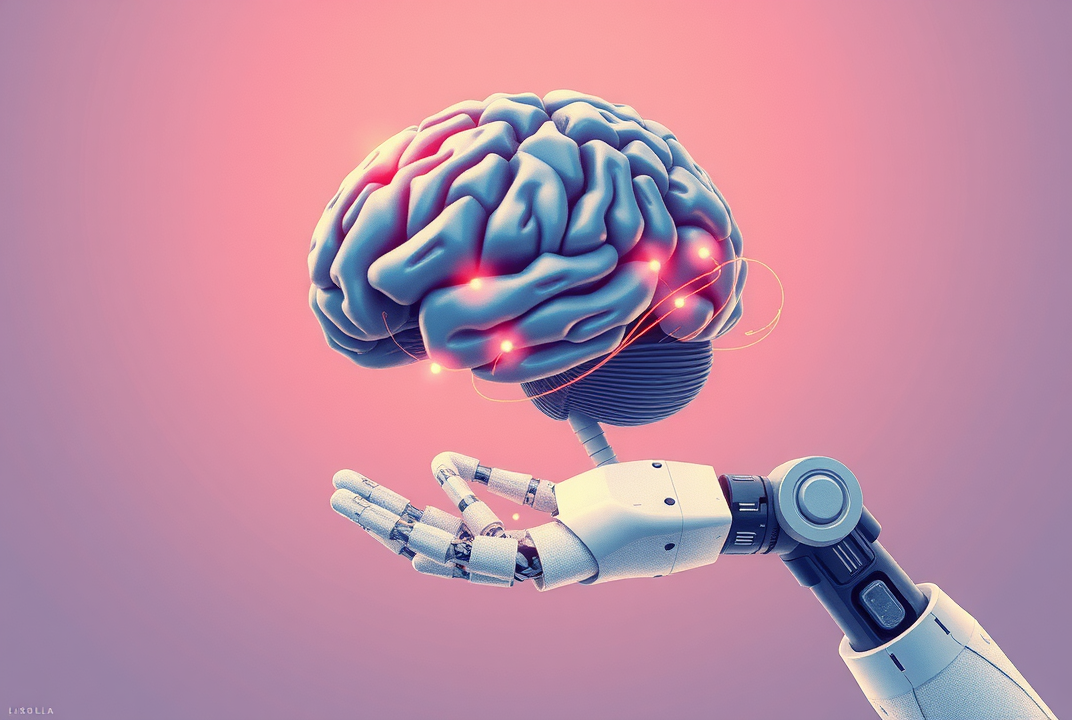AI and Robotics: Collaborating for Future Progress

Introduction
Imagine a world where intelligent machines not only mimic human actions but surpass our capabilities in problem-solving, creativity, and decision making. This is not a distant fantasy but a plausible future, thanks to the collaboration of AI and robotics. As technology accelerates, the synergy between artificial intelligence and robotics becomes increasingly impactful, paving the way for unprecedented progress and transformation.
In this article, you will learn about the journey and intersection of AI and robotics, their applications across various sectors, the benefits, challenges, and what the future might hold for this powerful alliance.
The Evolution of AI and Robotics
Artificial intelligence and robotics have evolved significantly over the past few decades. Initially, robots were manually programmed to carry out specific tasks. However, the integration of AI has enabled robots to learn from their environment, adapt to new situations, and perform complex tasks with minimal human intervention.
Historical Context
-
Early Development: The concept of robots began with simple automated machines designed to perform repetitive tasks in manufacturing.
-
AI Emergence: In the mid-20th century, AI research introduced the idea of machines that can simulate human intelligence.
-
Convergence: As AI technology advanced, it started to integrate with robotics, leading to breakthroughs in autonomous vehicles, healthcare technologies, and beyond.
Applications Across Industries
The fusion of AI and robotics is revolutionizing multiple industries, enhancing efficiency, productivity, and innovation.
Manufacturing
AI-powered robots streamline production lines, ensuring higher precision, reduced waste, and increased safety. Collaborative robots, or cobots, work alongside humans, improving workflows and minimizing repetitive tasks.
Healthcare
In the healthcare sector, robotic systems with AI capabilities assist in surgeries, patient care, and medical diagnostics. They improve accuracy and allow healthcare professionals to focus on patient treatments rather than administrative tasks.
Agriculture
Agricultural robots use AI to monitor crop health, optimize planting schedules, and manage supply chains. Drones powered by AI enhance productivity and sustainability by providing critical data about soil and crops.
Benefits of AI-Robotics Synergy
The partnership between AI and robotics holds numerous benefits across different domains.
-
Enhanced Efficiency: Automated processes lead to quicker outputs, reducing the time and effort needed for complex tasks.
-
Precision and Accuracy: AI algorithms enhance the precision of robotic actions, which is crucial in industries like manufacturing and healthcare.
-
Scalability: AI-driven robots can scale their operations according to demand, allowing businesses to expand without significant resource increases.
Challenges Ahead
Despite the significant advantages, integration of AI and robotics presents certain challenges. Many industries are still cautious about adopting these technologies due to concerns over cost, complexity, and workforce disruption.
Technological Limitations
-
Data Dependency: AI systems require vast amounts of data, which are not always available or easy to process.
-
Integration Issues: Connecting AI with existing systems can be difficult, needing specialized expertise and infrastructure.
Ethical Concerns
The rise of intelligent machines poses questions about privacy, decision-making autonomy, and the potential for job displacement.
Future Outlook
The future of AI and robotics is promising, with new developments continuously emerging. As these technologies evolve, they are expected to impact even more sectors, from logistics to education.
-
Continuous Improvement: Ongoing research and development will push the boundaries of what AI and robotics can achieve.
-
Broader Impact: Society might see changes in how work, education, and daily life function with AI-robotics integration.
Conclusion
AI and robotics, working in coordination, are crafting a brighter future through enhanced innovation and productivity. As we stand at the forefront of technological advancement, embracing this alliance will unlock possibilities that can significantly transform industries and improve quality of life worldwide. Those who harness the potential of AI and robotics now will lead the way into a new era of technological progress.
Call to Action
Individuals and organizations should start exploring how AI and robotics can benefit their processes and systems to ensure they are at the forefront of this technological wave. Collaboration between AI developers, robotic engineers, and industry leaders will be crucial to maximizing the potential of these innovations.